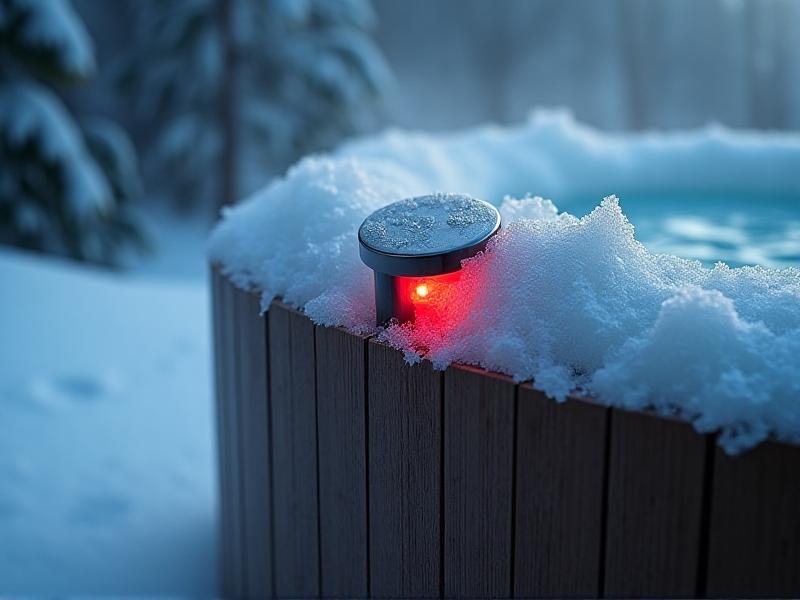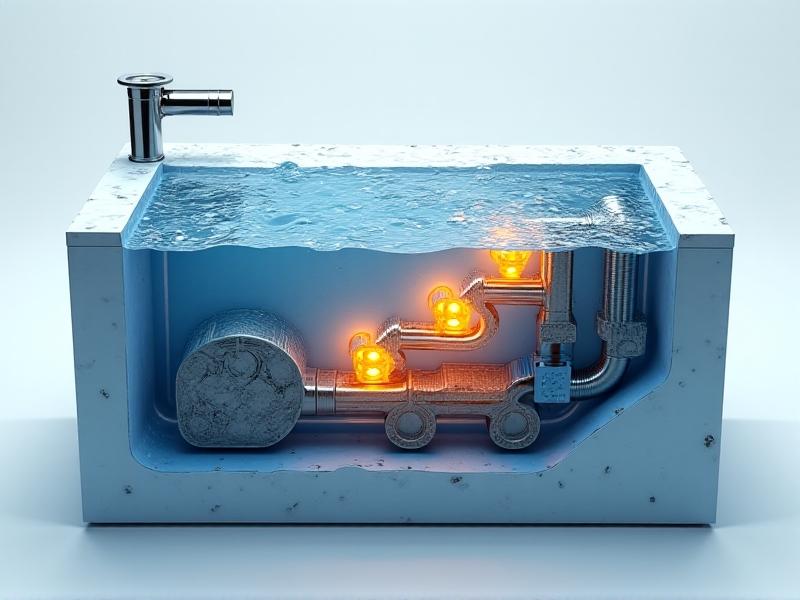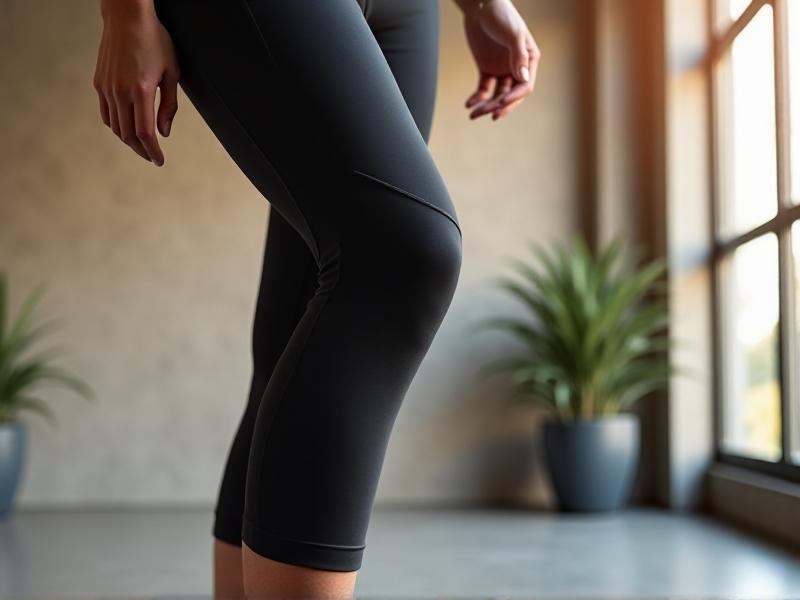Emergency Exit Designs for Solo Ice Baths
The Hidden Dangers of Solo Ice Baths: Why Emergency Exits Are Critical
Ice baths, a staple in recovery routines for athletes and wellness enthusiasts, offer benefits like reduced inflammation and muscle recovery. However, solo ice baths—practiced without supervision—pose unique risks. Hypothermia can set in rapidly if immersion exceeds safe time limits, leading to impaired motor skills and decision-making. Panic attacks, often triggered by the shock of cold water, further complicate self-extraction. Traditional ice baths lack fail-safes for these scenarios, relying solely on user discipline. Emergency exits address these dangers by providing a physical or mechanical means to abort the session quickly, ensuring safety without compromising the therapeutic benefits. This necessity underscores the growing demand for intelligent, user-centric designs in at-home and commercial ice bath setups.

Design Principles for Effective Emergency Exit Systems
An effective emergency exit for ice baths must prioritize speed, simplicity, and reliability. The mechanism should be operable with minimal effort—think large, ergonomic handles or foot pedals that function even with numb fingers. Visibility is key: high-contrast colors like neon orange or red ensure the exit stands out against the bath’s monochromatic environment. Redundancy is another critical factor; dual systems (e.g., a handle and a voice-activated release) account for potential failures. Materials must withstand subzero temperatures without corroding or freezing shut. Designers often use marine-grade stainless steel or waterproof polymers. Finally, the exit should require no complex steps—ideally, a single motion to release a latch or drain the water.

Innovative Materials and Technologies in Exit Mechanisms
Modern emergency exits leverage advanced materials to enhance safety. Shape-memory alloys, which revert to a pre-set form when heated, can create self-releasing latches triggered by body temperature. Non-slip textures, inspired by shark skin patterns, improve grip in wet conditions. Electromagnetic locks powered by waterproof batteries offer fail-secure operation, releasing only when a sensor detects excessive immersion time or erratic movement. Some systems integrate wearable devices, like rings or wristbands, that wirelessly activate the exit if the user’s heart rate spikes. These innovations merge durability with responsiveness, ensuring exits function flawlessly in extreme conditions.

Step-by-Step: Building a DIY Emergency Exit for Home Ice Baths
For DIY enthusiasts, constructing a basic emergency exit starts with installing a quick-release drain plug connected to a visible pull cord. Use a food-grade silicone hose routed to a floor drain or external reservoir. Mount a horizontal bar inside the tub at waist height, anchored to a spring-loaded hinge; pushing down on the bar activates the drain. Test the system weekly by simulating panic scenarios—e.g., pouring vegetable oil on the handle to mimic numb hands. Always include a backup, like a waterproof Bluetooth button that triggers an alarm or drain. This hands-on approach balances affordability with lifesaving functionality.

Case Study: How Professional Athletes Use Emergency Exits Safely
Elite sports teams have adopted custom ice bath exits to protect players. The NFL’s Kansas City Chiefs, for instance, use tubs with dual foot pedals that drain water in 8 seconds. Sensors monitor core temperature via earbuds, automatically triggering the exit if readings drop dangerously. Players practice emergency drills monthly, simulating exits under fatigue. Post-implementation, the team reported zero cold-related incidents during recovery sessions. Such setups prove that tailored designs and training can eliminate risks while maintaining performance benefits.
Future Trends: AI and Automation in Ice Bath Safety
Emerging tech is revolutionizing ice bath safety. AI-powered cameras now analyze posture and movement to detect early signs of distress, like slumping or rapid breathing. Automated systems can administer warm air blasts or deploy buoyant exit platforms. Startups are experimenting with hydrostatic pressure sensors that calculate immersion depth, releasing a motorized ladder if the user submerges too deeply. These advancements promise a future where ice baths are as safe as they are therapeutic, merging human resilience with machine precision.








